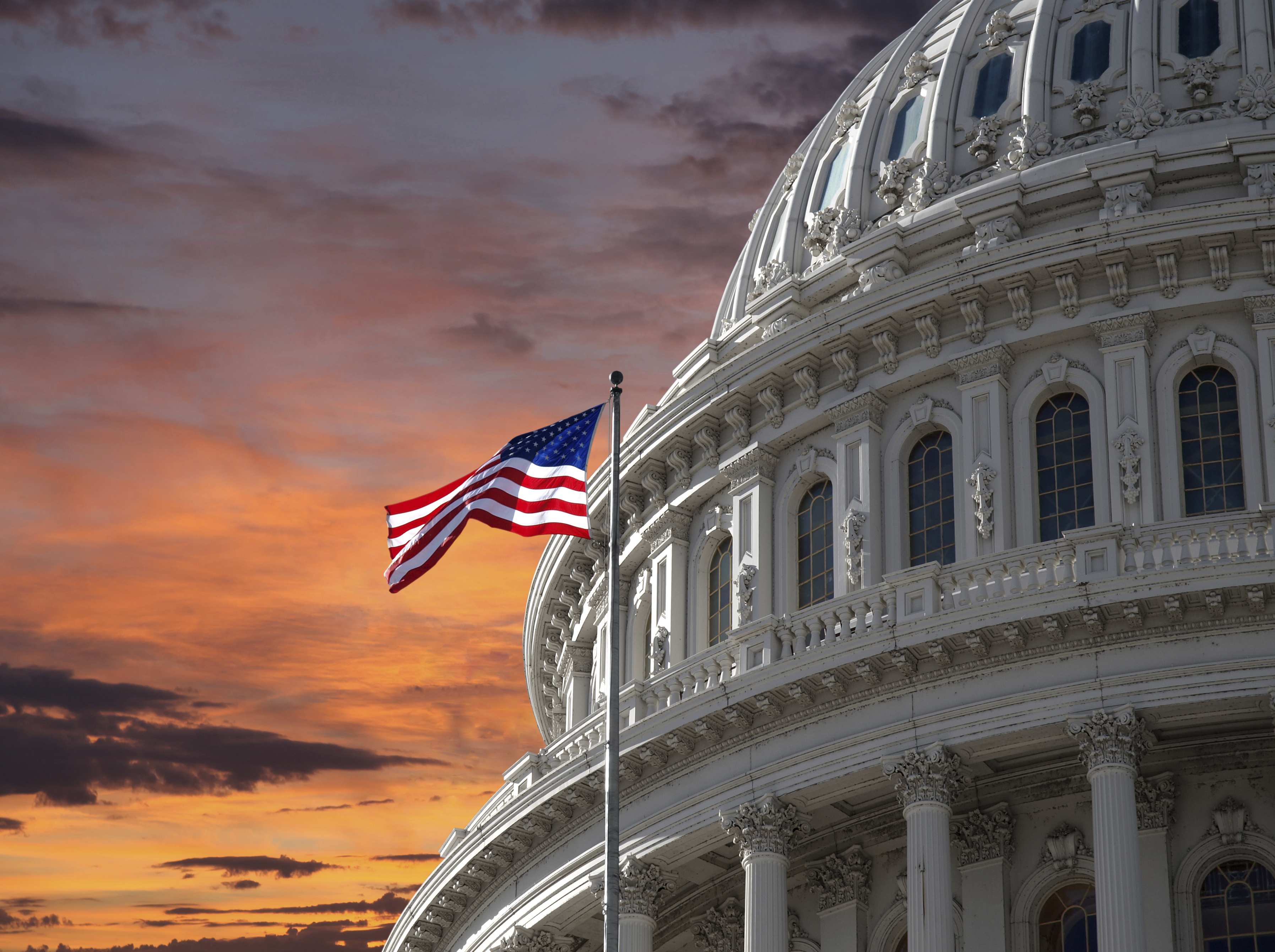
Proposed legislation seeking to curb collusive deadline suits misunderstands the administrative process.
Are important regulatory decisions being made collusively and behind closed doors? A recent bill seeks to address growing concern about so-called “sue-and-settle” tactics employed by environmental non-governmental organizations (ENGOs) and certain regulatory agencies, which critics allege amount to secret rulemaking.
A 2013 U.S. Chamber of Commerce report argued that ENGOs and environmental agencies have increasingly resorted to collusive litigation practices to lock in mutually desired rulemaking priorities and lock out business interests from the bargaining table. Agencies like the U.S. Environmental Protection Agency (EPA) and the U.S. Fish and Wildlife Service (FWS) do so, it is argued, by arranging for ENGOs to file suits urging immediate regulatory action and then meeting in secret with those same ENGOs in private settlement negotiations to hash out both the timelines and substance for a rule both actors support. According to some, these strategies are unfair to those who are excluded.
Introduced recently by Senator Chuck Grassley (R-Iowa), the Sunshine for Regulatory Decrees and Settlements Act of 2015 – together with a companion bill introduced in the House by Representative Doug Collins (R-Georgia) – hopes to remedy that by, among other things, providing for a delay period during which interested parties can formally intervene in suits and allowing time for public comment.
But sue-and-settle ought not to be controversial for two very fundamental reasons, and reforms aimed at slowing or discouraging the practice should therefore be carefully scrutinized.
The first reason, which is well-covered in the blogosphere, is that the available empirical evidence suggests that the practice—at least in its worst possible form—almost never occurs. Two recent publications shed some light on the empirical question of whether there is, in fact, an ongoing spike in “sue-and-settle” tactics. They largely support the conclusion that there is not.
Between May 2008 and June 2013, EPA only issued nine rules from seven settlements with ENGOs, according to a U.S. Government Accountability Office report. By the time those rules were finally issued following settlement, they were anywhere from 10 months to 23 years delinquent under the mandatory statutory deadlines. Moreover, the same study noted that the EPA held a public comment period on the each of the settlements, as required by the Clean Air Act (under which all of the suits were brought).
Another study, published by Ben Tyson at the University of Virginia Law School, shows that, despite a spike in the number of settlements between ENGOs and agencies during the Obama years, the settlements rarely locked in any substantive details. Of the 79 settlements identified as negotiated by ENGOs, only four could be deemed “substantive consent decrees.” The rest merely amounted to agreements that the agency would follow the extremely clear deadlines for action mandated by elected officials.
The conclusion is unavoidable: sue-and-settle is nothing new. In fact, it is probably exactly what Congress hoped would happen when it loaded environmental statutes with both deadlines and citizen suit provisions.
The second reason that sue-and-settle is much ado about nothing has so far been largely missing from the debate. Even assuming for sake of analysis that the practice did occur frequently, and that it more often than not took the “worst” possible form — when the “substance of regulations quickens before an opportunity for public notice-and-comment,” as Tyson puts it — the practice is still an improvement over the default situation.
If the test for whether the rulemaking process is democratic and participatory involves gauging how much the substance of a rule has “quickened” before a formal comment period, then there are far more serious problems with the rulemaking process in general than sue-and-settle. Indeed, as one prominent scholar has put it, the notice-and-comment rulemaking process writ large has something of the character of Japanese Kabuki theater when it comes to public participation and influence. It ordinarily represents a “highly stylized process for displaying in a formal way the essence of something which in real life takes place in other venues.”
As regulatory scholars interested in agenda-setting are beginning to discover, the vast majority of discretionary rules arise from specific requests and conversations with regulated entities and interest groups. Whether via informal contacts or more legally effectual petitions for rulemaking or reconsideration, most rulemaking ideas come signed, sealed, and delivered. That is not to say that public comment periods do not matter: they can, as important empirical research has shown. But there should be no mistaking the fact that many of the most important substantive decisions are made by the time the agency publishes a notice of proposed rulemaking in the Federal Register. In fact, basic administrative law doctrine almost guarantees it, as agencies must have a sufficiently polished proposal to facilitate informed and meaningful public comment.
When one considers this larger picture, ranging from the fairly formal notice-and-comment process back to the earliest stages of agenda-setting and alternative-consideration, it should become clear that, if anything, settlements add to the democratic character of what is otherwise a very shadowy forum. After all, settlements arising from citizen suits are often required by statute to withstand an initial public comment period. Also, agencies often must clear settlements or consent decrees with the Department of Justice, the courts, or both. Ask yourself what is the more defensible form of agenda-setting: a private phone call between a trade association representative and a mid-level agency rulemaking official, or a suit that results in a de facto advanced notice of proposed rulemaking and is vetted by at least two other relatively independent and high-level government actors?
To the extent that sue-and-settle exists, it might actually serve as a flexible yet institutionalized constraint on the pre-rulemaking phase that is so badly needed to prevent inappropriate relationships between the most powerful and capable interests and the agencies, and to give a leg up to more vulnerable segments of the interest group community that lack the resources and connections to pull the informal levers of power.
Perhaps the real reason industry groups are upset about sue-and-settle is that they know that it threatens to inject far more competition into a stage of the rulemaking process that they have long enjoyed something close to a monopoly in. We can’t say for sure. But still, there is something deeply perverse about industry’s claims that the process brings rulemaking into the dark when the usual darkness of the agenda-setting stage primarily benefits them.
While the proposed legislation may contain some legitimate ideas to make the process more transparent than it already is, public officials should be careful about taking the proposals too far and discouraging the practice of sue-and-settle, particularly since industry advocacy groups have so far largely succeeded in framing sue-and-settle as something fundamentally problematic and in need of stamping out. The rhetoric surrounding the issue does not reflect the reality, and any bill should in fact aim to protect and improve the process.
This essay is part one of a three-part series on The Debate Over “Sue-and-Settle” Legislation.




